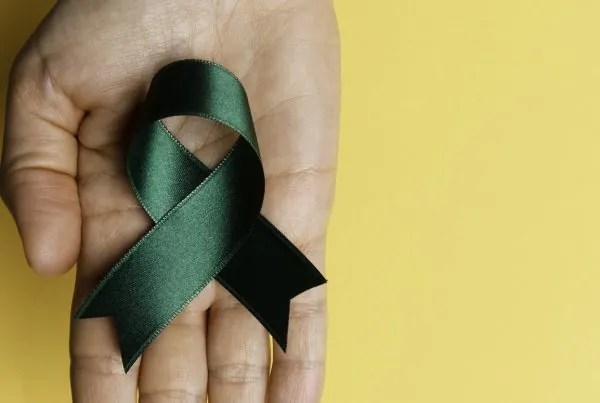 |
| image © sarit photography |
I know an 8-year-old who’s been known to choose an outfit specifically because it makes her “look thin.” This same 8-year-old often doesn’t finish meals because she thinks she’s fat. She’s the same 8-year-old that has begun to develop food rituals, often leaving the table with a reorganized plate full of uneaten food. Simply put, she already has an irrational fear of getting fat.
It’s hard being a girl. It’s hard to find a way to look at your unique self without comparing it with images of Barbie or Bratz. It’s hard to accept that the beauty standard set by Cinderella or Sleeping Beauty isn’t actually real. But children, whose minds are filled with wonderful imagination and fantasy, aren’t going to cognitively recognize images that are potentially harmful. Instead, many will attempt to achieve the pink, thin, fluffiness of a Disney princess, or the skinny sass of a Bratz doll. Often times, even when parents are encouraging a healthy body image, the education on the school yard has a dramatically different lesson plan than the one from home. I’ve overheard conversations on the school yard that have made me pause – -it’s clear that body-image issues are in abundance and the pressure to look thin and svelte is invasive and intense.
So what can parents do? Start with eliminating the shame game. This might mean letting your daughter dump that maple syrup on her pancakes or having a cupcake at a birthday party. It’s a treat, not a vehicle for punishment! Encourage healthy eating, but can you do it with compassion rather than the mallet of criticism? Eliminate “fat talk”: your kids don’t need to hear it and frankly, it’s not good for you either. Stop trying to control what those around you eat. It’s not your job! I’ve seen dads controlling the food intake of their wives and daughters to the point of devastating eating disorders (my dad was one!); and I’ve seen moms spewing “fat talk” or signing up for any and every diet fad while their daughters learn to eat in secret or restrict because they’re terrified of the incendiary reaction of their parental food monitors. These behaviors certainly don’t encourage self-love. If anything, they sow the seeds of self-destruction.
If you’re worried that your son or daughter might be developing an eating disorder (note: boys are not immune to this!), look out for some of these signs.
(Please note, certain behaviors are warning signs, but in combination and over time, they can become quite serious):
Behaviors specific to anorexia:
- Major weight loss (weighs 85% of normal weight for height or less)
- Skips meals, always has an excuse for not eating (ill, just ate with a friend, stressed-out, not hungry).
- Refuses to eat in front of others
- Selects only low fat items with low nutrient levels, such as lettuce, tomatoes, and sprouts.
- Reads food labels religiously; worried about calories and fat grams in foods.
- Eats very small portions of foods
- Becomes revolted by former favorite foods, such as desserts, red meats, potatoes
- May help with meal shopping and preparation, but doesn’t eat with family
- Eats in ritualistic ways, such as cutting food into small pieces or pushing food around plate
- Lies about how much food was eaten
- Has fears about weight gain and obesity, obsesses about clothing size. Complains about being fat, when in truth it is not so
- Inspects image in mirror frequently, weighs self frequently
- Exercises excessively and compulsively
- May wear baggy clothing or many layers of clothing to hide weight loss and to stay warm
- May become moody and irritable or have trouble concentrating. Denies that anything is wrong
- May harm self with cutting or burning
- Evidence of discarded packaging for diet pills, laxatives, or diuretics (water pills)
- Stops menstruating
- Has dry skin and hair, may have a growth of fine hair over body
- May faint or feel dizzy frequently
Behaviors specific to bulimia
- Preoccupation or anxiety about weight and shape
- Disappearance of large quantities of food
- Excuses self to go to the bathroom immediately after meals
- Evidence of discarded packaging for laxatives, diuretics, enemas
- May exercise compulsively
- May skip meals at times
- Teeth may develop cavities or enamel erosion
- Broken blood vessels in the eyes from self-induced vomiting
- Swollen salivary glands (swelling under the chin)
- Calluses across the joints of the fingers from self-induced vomiting
- May be evidence of alcohol or drug abuse, including steroid use
- Possible self-harm behaviors, including cutting and burning
If you notice even one of these, it’s time to address it. Talk to your daughter or son, talk to your doctor. If necessary, elicit the help of a treatment facility. In other words: Get help. Showing our kids that we care and are willing to stop our own negative behaviors in order to help them is invaluable. It’s a family problem, not an individual one.
Some helpful links:
NEDA
WebMD
Voice in Recovery
Peggy Orenstein
maudsleyparents.org
Also, check out “Brave Girl Eating: A Family’s Struggle With Anorexia” By Harriet Brown







